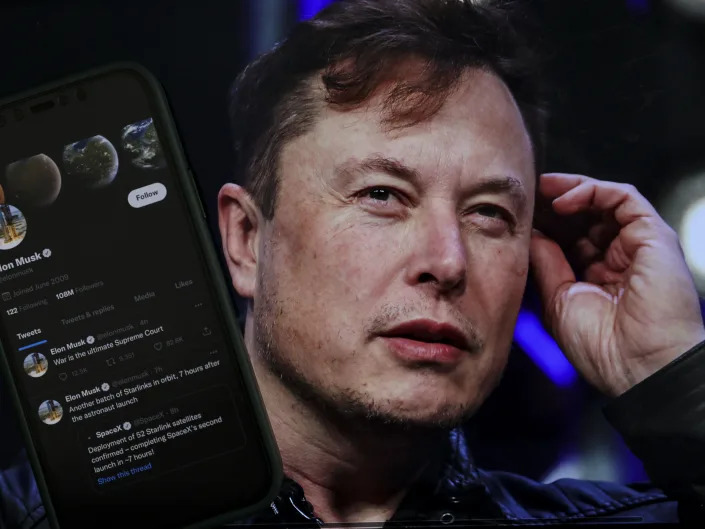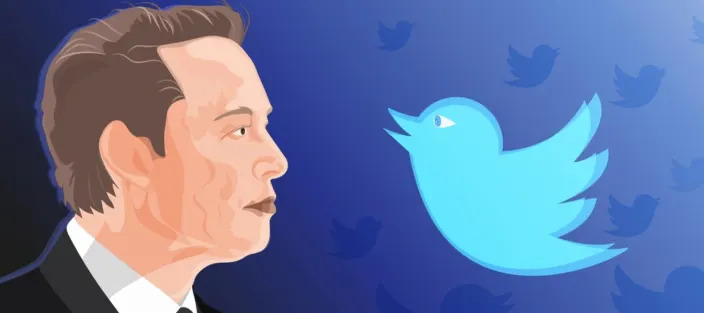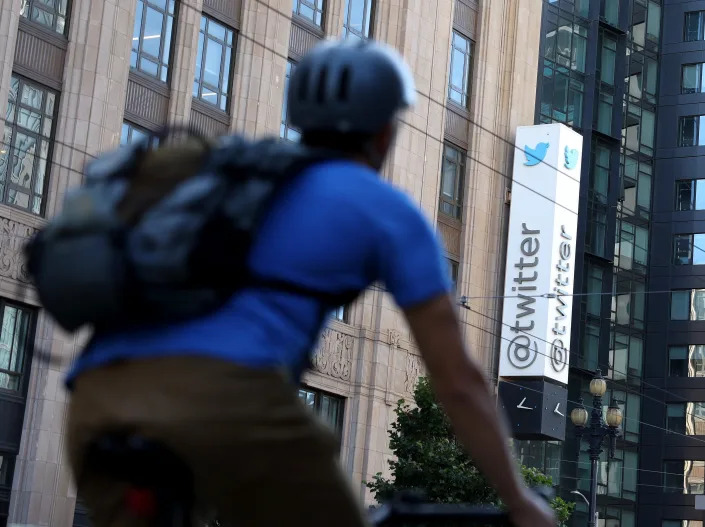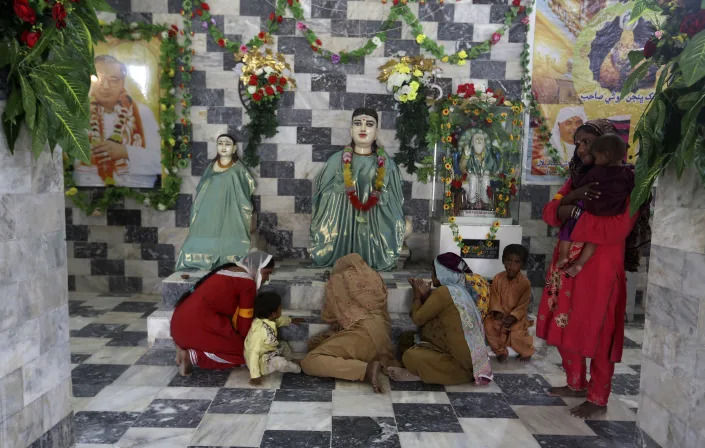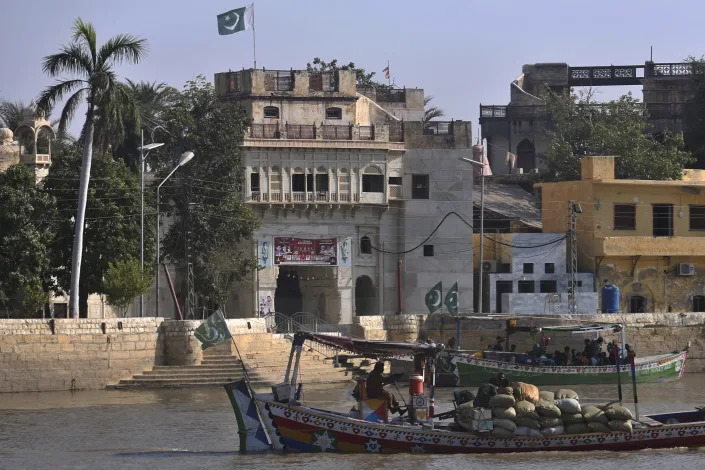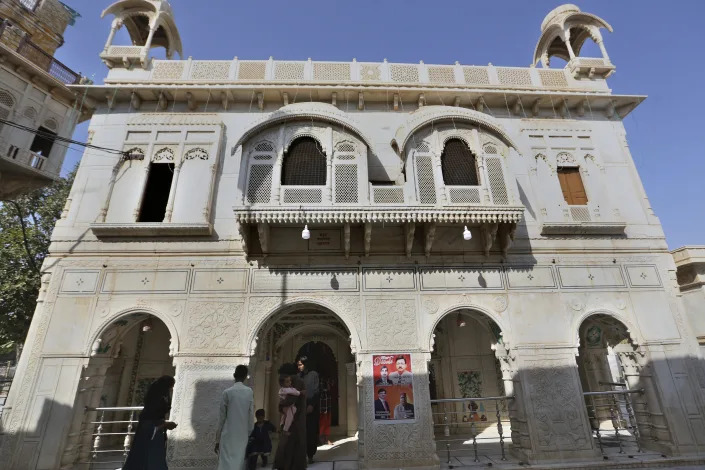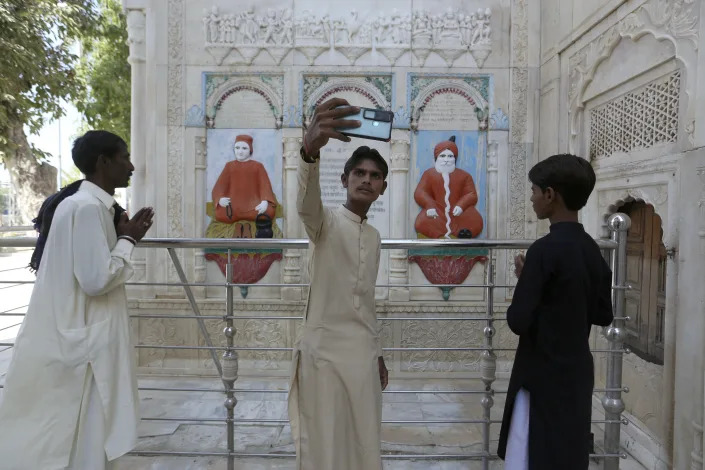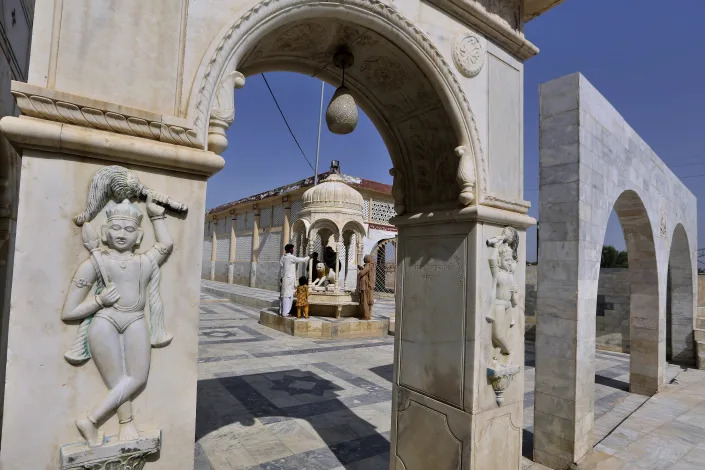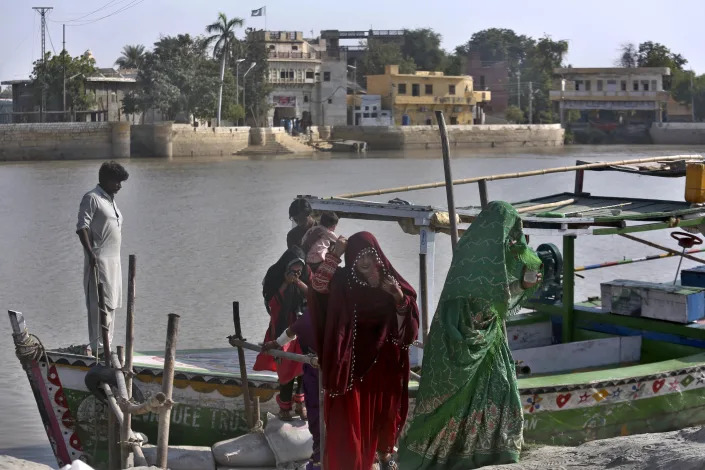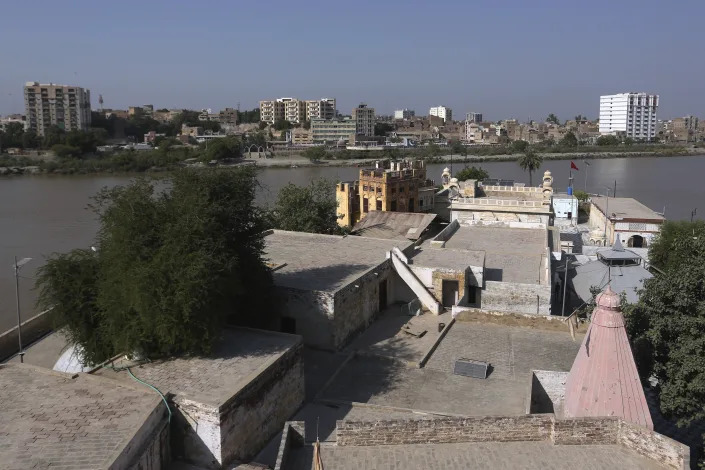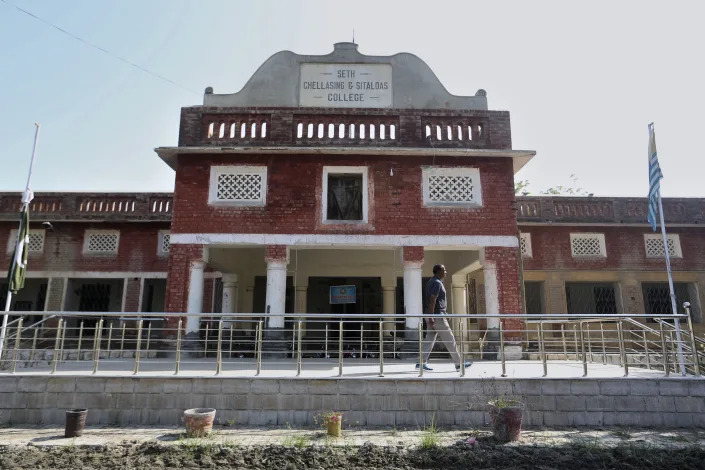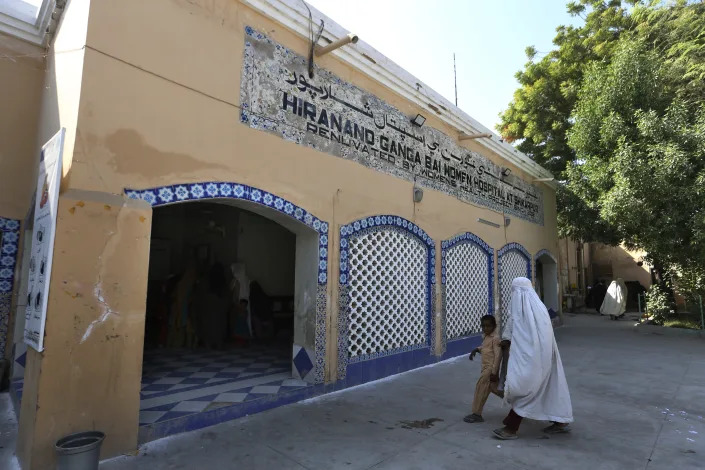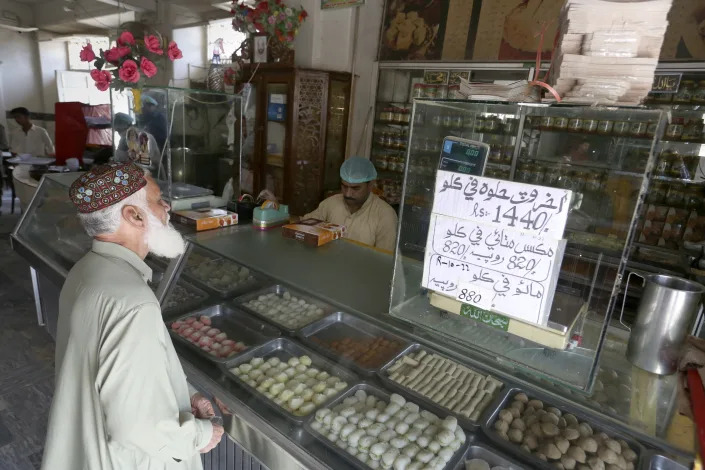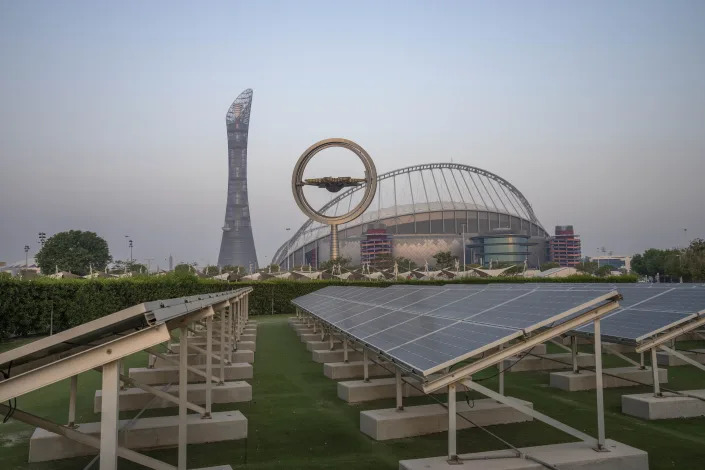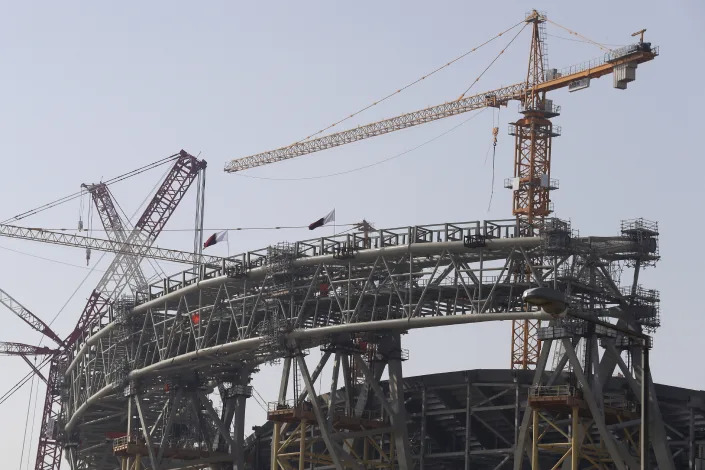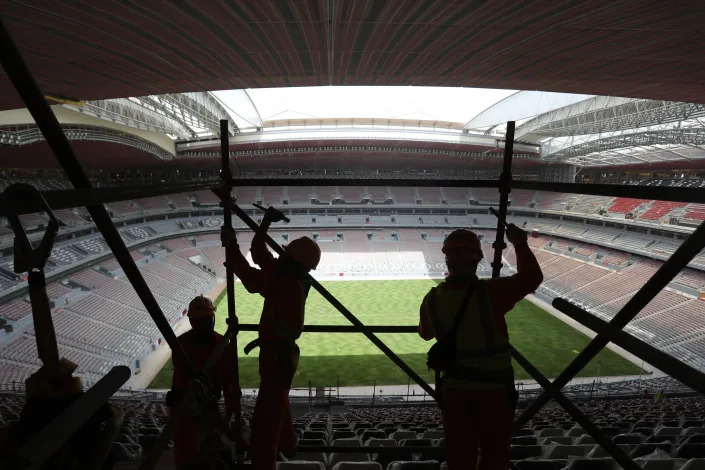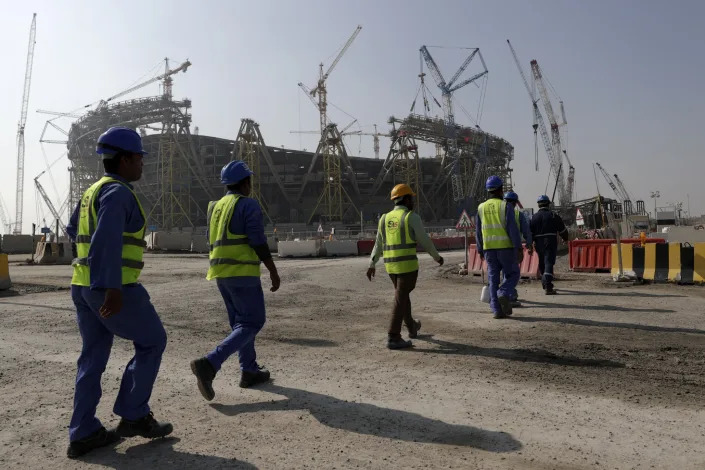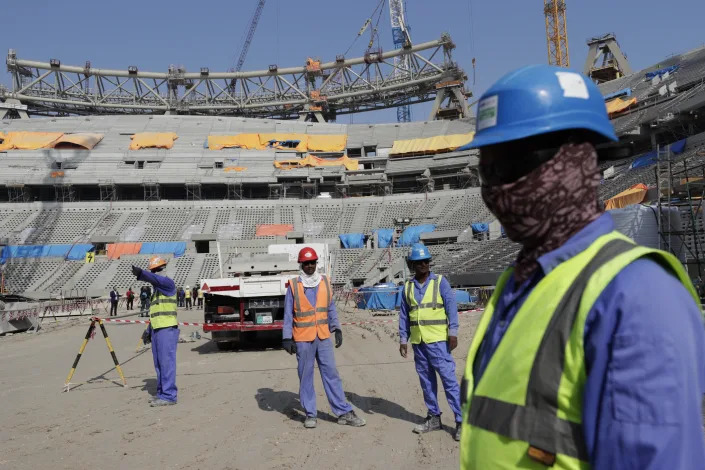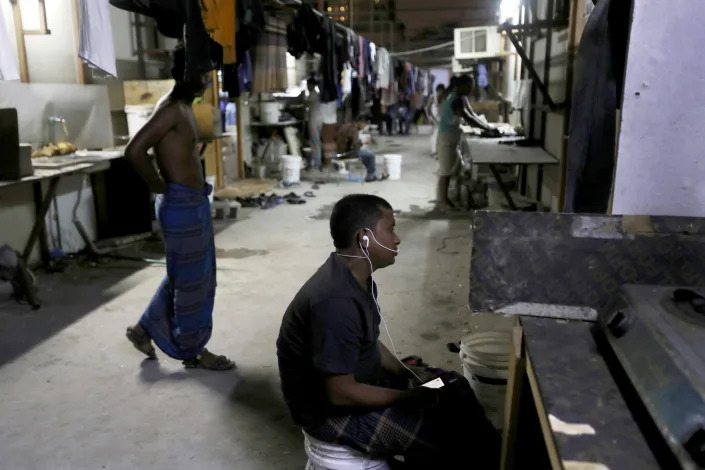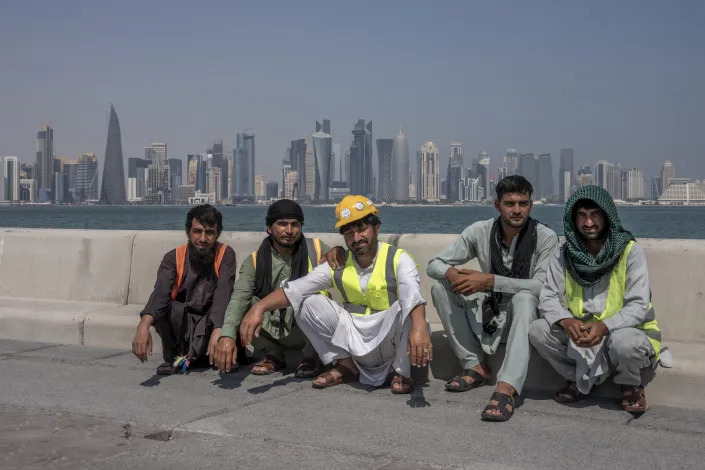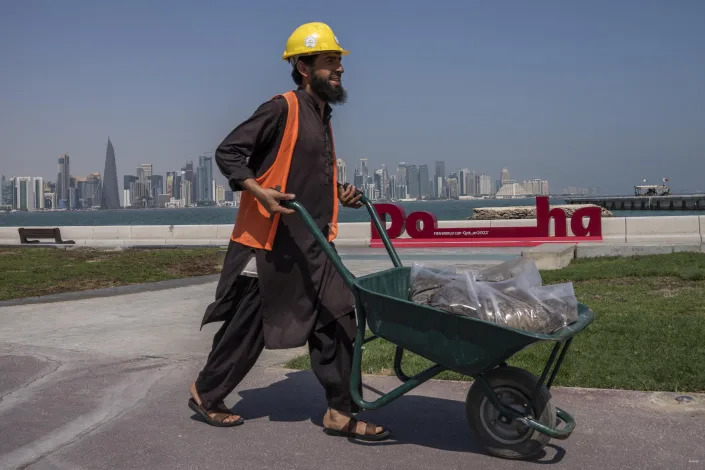YOU CANNOT MAKE THIS SHIT UP😈
Musk Shares a Nazi Meme Then Tells Twitter to Vote Republican
Ellie Quinlan Houghtaling
Mon, November 7, 2022
Life comes at you fast. Six months ago, Elon Musk wrote, “For Twitter to deserve public trust, it must be politically neutral, which effectively means upsetting the far right and the far left equally.”
On Monday morning, weeks after buying the platform for $44 billion, he shared a meme featuring a Nazi soldier then told his 115 million followers to vote Republican in Tuesday’s midterms.
“To independent-minded voters: Shared power curbs the worst excesses of both parties, therefore I recommend voting for a Republican Congress, given that the Presidency is Democratic,” he wrote.
Musk has faced criticism for snuffing out roughly 50 percent of the company’s employees last week, including those responsible for monitoring disinformation days ahead of Election Day. The purge was likened by some critics to a Category 5 hurricane.
“Hardcore Democrats or Republicans never vote for the other side,” Musk added on Monday, “so independent voters are the ones who actually decide who’s in charge!”
The CEO’s tweet on voting red garnered over 43,000 retweets and nearly 180,000 likes a couple hours after posting. His Nazi meme, which used a photo of German Wehrmacht soldier with a cage of carrier pigeons during the Nazi invasion of France, had about 14,000 retweets in the three hours after it was posted.
Musk, who in late 2021 surpassed Jeff Bezos in wealth with a reported net worth of $219 billion, has had a rocky start to his latest tech foray, blaming a recent “massive drop in revenue” on “activist groups pressuring advertisers,” rather than his own antics.
At a campaign event in Chicago on Friday, President Joe Biden called out the site after Musk shared—then deleted—a baseless conspiracy theory about the attack on Paul Pelosi, calling Twitter “an outfit that spews lies all across the world.”
In an effort to change his fortune and turn a profit at the historically unprofitable social media platform, Musk has proposed a pay-to-play verification system and an end to permabans, including one on Donald Trump.
But the new plan didn’t stop the thin-skinned billionaire from suspending comedian Kathy Griffin on Monday after she changed the name on her profile to Musk’s and encouraged people to vote Democrat.
“Going forward, any Twitter handles engaging in impersonation without clearly specifying ‘parody’ will be permanently suspended,” he tweeted.
Twitter Suspends Kathy Griffin After She Changed Her Handle to ‘Elon Musk’
Elon Musk tells his Twitter followers to vote for Republicans the day before the midterms, despite saying Twitter should be 'politically neutral'

Elon Musk told his followers on Monday to elect a Republican Congress in the midterm elections.
In August, Musk was reportedly a VIP guest of House GOP Leader Kevin McCarthy at his annual donor retreat.
The billionaire reportedly complained about his tax bill at the retreat.
Tesla CEO and Twitter's new owner Elon Musk urged his Twitter followers on Monday to elect a Republican Congress on Tuesday in an appeal to "independent-minded voters" on the eve of the midterm elections.
"Shared power curbs the worst excesses of both parties, therefore I recommend voting for a Republican Congress, given that the Presidency is Democratic," he tweeted, adding "Hardcore Democrats or Republicans never vote for the other side, so independent voters are the ones who actually decide who's in charge!"
In August, Musk was reportedly a VIP guest of House GOP Leader Kevin McCarthy's at his annual donor retreat in Wyoming, multiple outlets reported. Axios reported that McCarthy interviewed Musk in a fireside Q&A chat and that Musk complained during the event about the $11 billion tax bill he incurred in 2021 after selling Tesla stock.
Attendees also told Axios that the US would benefit if the Democratic Party stayed "out of people's wallets," and Republicans stayed "out of people's bedrooms."
Musk announced in May that he would vote Republican in the upcoming election cycle after years of voting for Democrats.
Responding to Musk's tweet, Punchbowl News founder Jake Sherman tweeted that Musk has "long been friendly with Kevin McCarthy."
Musk's acquisition of Twitter ended last month. Reaction to his tweet came swiftly.
Democratic strategist Max Burns tweeted: "The @GOP ought to list your Twitter acquisition as an in-kind campaign contribution."
Reuters journalist Kanishka Raj Singh dug up a tweet from Musk in April in which he said Twitter should be politically neutral.
Fred Guttenberg, whose daughter was among those killed at Marjory Stoneman Douglas High School, tweeted that "shared power in the market place curbs excesses. I recommend buying Mustang Mach E or Hyundai Ioniq over Tesla as we need to curb this maniac and his wealth who is trying to influence election outcomes."
Sharon Knolle
Mon, November 7, 2022
Amidst the Twitter verification brouhaha and suspensions of verified users who changed their name to “Elon Musk,” Musk drew more fire Monday for sharing an image of a Nazi soldier.
In the photo, a WWII-era soldier has three carrier pigeons in a cage on his back; the text “3 UNREAD MESSAGES” has been added to the photo. Musk’s own caption, “How times have changed,” was innocuous enough, but the fact he chose an image of a member of Hitler’s Wehrmacht is not.
Democratic strategist Adam Parkhomenko tweeted, “Wait. Elon endorsed Republicans AND shared a picture of a Nazi soldier? So he’s exactly what we thought he was.”
Others shared the archival photo’s listing on Getty Images, which confirms the image’s origins. “A German Wehrmacht soldier carries a cage of carrier pigeons used for relaying messages, on the western front during the German invasion of France, known as the Battle of France, in WWII, circa May 1940,” reads the Getty caption.
It comes with this note on Getty: “Please note: images depicting historical events may contain themes, or have descriptions, that do not reflect current understanding. They are provided in a historical context.”
Some floated the theory that Musk simply shared the image without being aware of its context. ‘”It’s easy to read this as “Elon Musk keeps posting Nazi s—” but I think the actual story is that because he loves stealing posts form his replies, there are a bunch of people trying to get him to post Nazi s— and succeeding because he’s easily manipulated. Seems worse!” tweeted Cooper Lund.
Also Read:
Twitter to Delay New Blue Check Subscription Launch Until After Midterms Amid Concerns of Election Misinformation
Although the photo does not include Nazi insignia, the helmet worn by the soldier appears to be a Stahlhelm, which was part of the Germany army’s uniform.
Musk has already been blasted for his refusal to moderate ethnic and racial failures on the platform, as well as blatantly pro-Nazi tweets.
Read a roundup of more Twitter responses to Musk’s latest misstep below.
